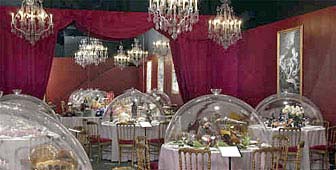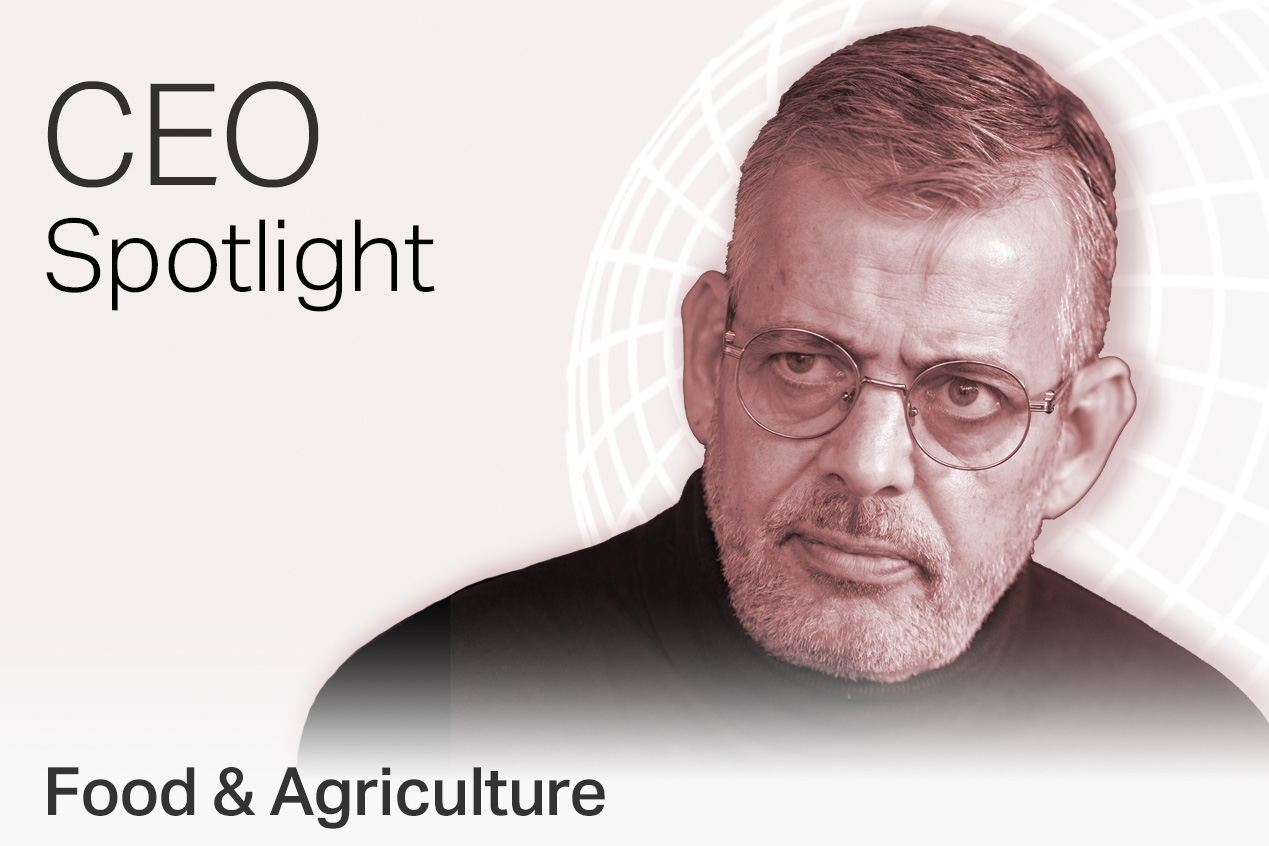Cannibalism exhibit fails to turn stomachs

The tables are set for dinner at an exhibition about cannibalism. But don't worry... human flesh is definitely not on the menu.
Neuchâtel’s Museum of Ethnology has chosen a taboo subject for its latest temporary exhibition. People tend to react with revulsion at the very mention of cannibalism, a word which conjures up nightmare images of primitive societies eating the bodies of their slain enemies.
But the museum’s approach to this unappetising theme is unlikely to turn even the most sensitive stomach. In the “dining-room”, the only objects referring explicitly to cannibalism are 19th century sketches lining the walls, which depict the grisly fate of missionaries and other unfortunate ingredients.
Feeding on others
“The exhibition is devoted to our cannibalistic desire to feed on others,” says assistant curator, Marc-Olivier Gonseth. “Cannibalism is a subject which usually conjures up images of something destructive, even ferocious.”
Apart from the pictures on the walls, there is little evidence of the ferocious nature of cannibalism in the museum’s recreation of a hotel dining-room. Crystal chandeliers sparkle over immaculately-set tables, each of which is mostly laden with everyday objects rather than food.
The room would not look out of place if it were part of an exhibition in a museum of contemporary art, and apparently this was one of the aims of its curators.
Gonseth told swissinfo: “The paradox is that you enter it thinking that the cannibal is far removed from yourself… and is a perfect image of a savage. But in fact in this room the cannibal is yourself, because here you sit before a meal of objects speaking on behalf of other people.
Digesting
“You are eating that symbolic meal with your eyes, and while digesting the information you store something that tells you about other human beings. So in a good sense of the word, we are all cannibals because we are eating their cultural past.”
The exhibition has enabled the museum to examine ways of drawing public attention to ethnology, which is defined as the study of the characteristic of different peoples and the differences and relationships between them.
“All too often,” says Gonseth, “ethnographic museums have a tendency to present people in a particular way, sometimes one which is too narrow. So we show visitors that if objects are presented in a certain way, it can be made to look as though the people behind them are primitive or wild savages. Or they can be portrayed as noble savages.
“Our intention is simply to make people think.”
by Richard Dawson

In compliance with the JTI standards
More: SWI swissinfo.ch certified by the Journalism Trust Initiative








You can find an overview of ongoing debates with our journalists here . Please join us!
If you want to start a conversation about a topic raised in this article or want to report factual errors, email us at english@swissinfo.ch.